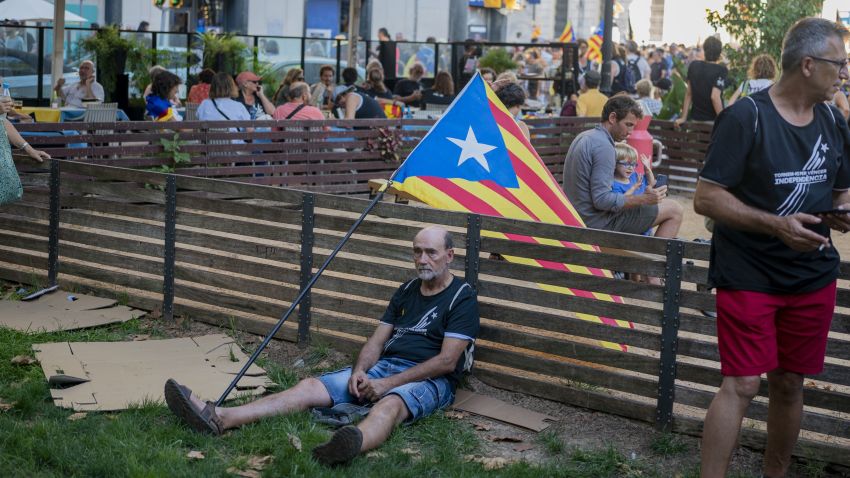Five years after Catalonia’s leaders made a bold move toward breaking away from Spain in the form of an illegal referendum, the independence movement has lost steam and the region’s separatist governing coalition has fallen apart. On Oct. 7, the coalition’s junior partner, the center-right Junts, or Together, party pulled out of the regional government after a vote endorsed by 55 percent of its members. Instead of calling for a snap election, the regional president—Pere Aragones of the left-wing Esquerra Republicana de Catalunya, or ERC, party—announced he would carry on with a minority government and named a new Cabinet that includes former members of separatist as well as unionist parties, most notably the Catalan Socialist Party, or PSC.
This rearrangement transforms the Catalan governing coalition from one that straddled left and right but shared a common commitment to independence, to one that lies entirely on the left and shares a commitment to dialogue on independence and cooperation on passing the national and regional budgets. Like many formal and informal parliamentary coalitions, the new combination of parties makes for just as uncomfortable bedfellows as the last one in the service of a utilitarian purpose.
The story of how the Catalan government arrived at this moment can be told through three key dates over the past two months: the celebration of Catalonia’s national day on Sept. 11; the five-year anniversary of the disputed Catalan independence referendum on Oct. 1; and finally, Spain’s national day on Oct. 12.

